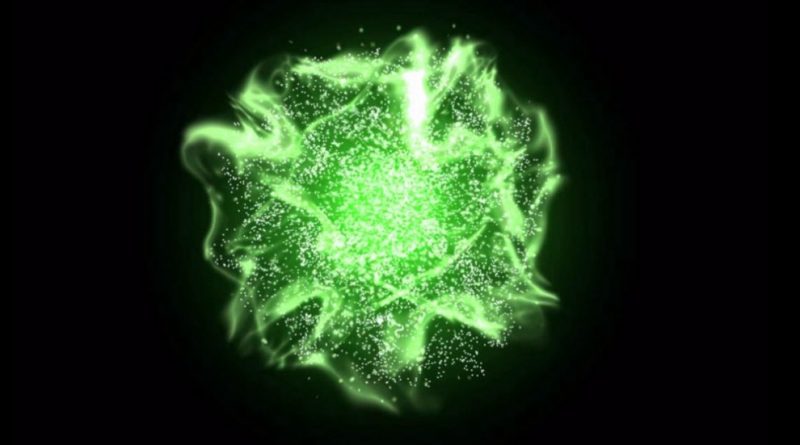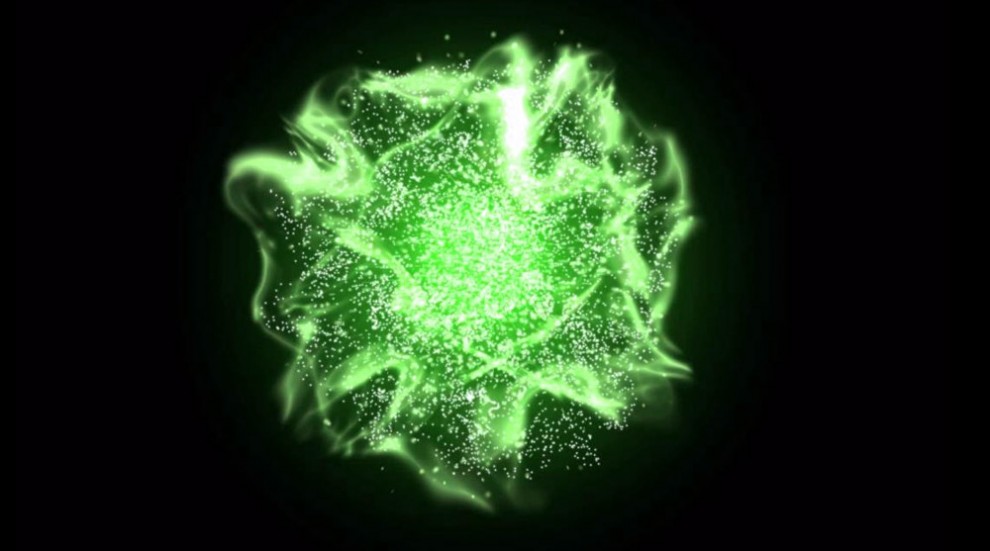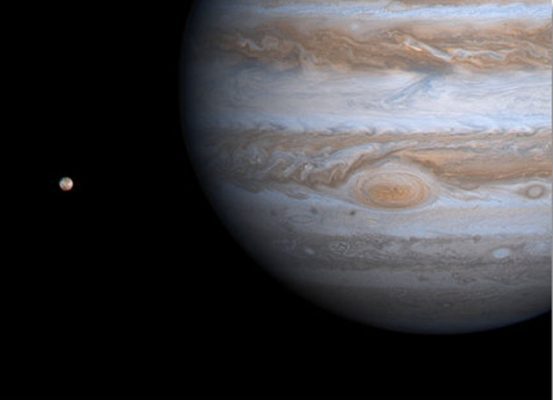Scientists Create Particles That Hold Energy


Scientists at the University of San Diego California and Harvard University have engineered what they have named “topological plexcitons”, which are particles that are able to carry energy that can help in the creation of new types of solar cells as well as miniature optical circuitry.
Inside the Lilliputian world of solid state physics, light and matter interact with one another in very unique and strange ways, in which they exchange energy back and forth among themselves. First author of the paper, Joel Yuen-Zhou says that when light and matter interact with one another they exchange energy. This energy is able to flow back and forth between light in a metal (plasmon) and light in a molecule (exciton). When this exchange is a lot quicker than the current rates of decay, individual identities are lost. At this time it is much more accurate to think of them as hybrid particles, which come together in order to form plexcitons.
Material scientists have been long searching for ways to enhance the exciton energy transfer process (or EET) in order to create better solar cells as well as miniaturized photonic circuits which are many dozens of times smaller than their silicon counterparts. Yuen-Zhou says that understanding the fundamental mechanisms of EET enhancement would completely change the way we think about designing solar cells or the way energy is transported in nanoscale materials.

The downside to EET is that this type of energy transfer is very short ranged (a max distance of about 10 nanometers) and dissipates very quickly as the excitons interact with a range of molecules. The best way to counteract these problems is to hybridize excitons in a molecular crystal with the collective excitations within metals to produce plexcitons (they travel for around 20,000 nanometers) a distance that is one very similar to that of a width of human hair.
Plexcitons are expected to turn out to be a very integral part of the next generation of nanophotonic circuitry, light-harvesting solar energy architectures and chemistry catalysis devices. The main concern in regards to plexcitons is that their movement can be traced in all directions, making it extremely difficult to harness in a material or device properly.
The team, along with physicists and engineers from MIT and Harvard were able to come up with a solution to the problem by building particles known as topological plexcitons. These particles were based on the concepts in which solid state physicists are able to develop materials that are known as topological insulators.
Yuen-Zhou says topological insulators are materials that are perfect electrical insulators in large numbers but they have edges that act as perfect one-dimensional metallic cables. The most exciting feature of these insulators is that even when the material is not perfect and contains many impurities, there is a very big threshold of operation where electrons that begin to travel along one direction cannot bounce backwards. Many think electrons are blind to such impurities.
Plexcitons do not have an electrical charge. However, Yuen-Zhou and his colleagues found that they still inherit robust directional properties. This added “topological” feature to plexcitons gives rise to directionality of EET, a feature that researchers had not thought of in the past. This may eventually allow engineers to build plexcitonic switches to distribute energy selectively across different components of a new kind of solar cell or device with the ability to harvest light.
The researchers have made a complete report of their latest advancement in an article published in the current issue of Nature Communications journal.









